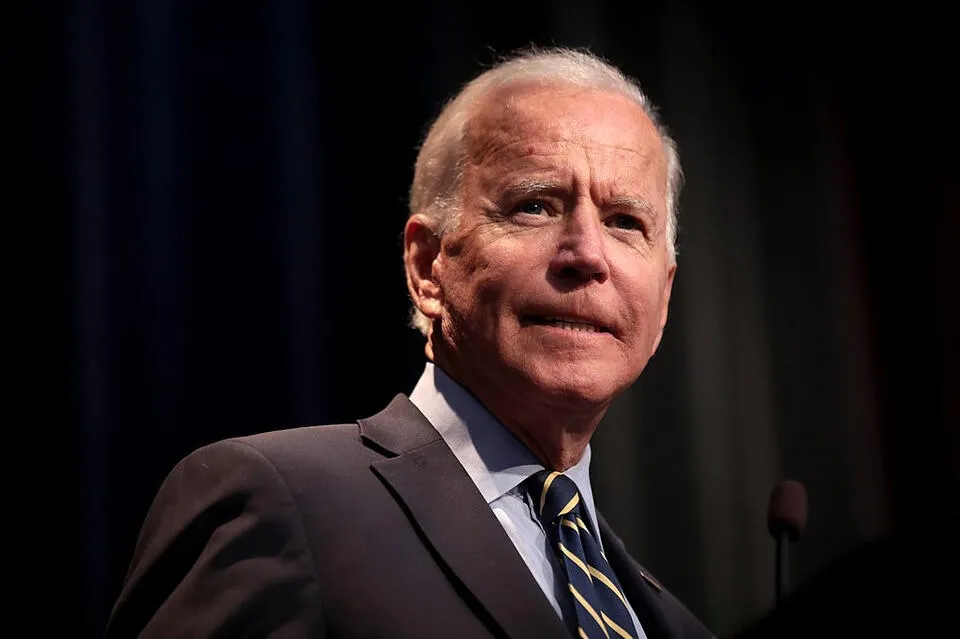Trump’s Approval Rating: A Surprising Surge or Just a Temporary Spike?
As of January 2025, Donald Trump’s approval rating has reached 47%, marking a notable return to the political spotlight after beginning his second term in office. This figure, reported by Rasmussen Reports, is particularly striking given the deeply polarized nature of American politics today. While some see this as a sign of a resurgence in Trump’s popularity, others caution that it may simply be a temporary spike rather than a sustainable trend.
The Context of Trump’s Approval Rating
Trump’s current approval rating reflects significant divisions in public opinion. Experts are divided on whether this surge is a lasting change or a fleeting moment of support following his return to the White House. Factors such as recent political events, economic conditions, and Trump’s adept communication strategies may have contributed to this increase.
Historically, approval ratings are known to fluctuate significantly in response to national crises or major policy announcements. In Trump’s case, comparisons to his first term reveal a pattern of dramatic swings in public sentiment, often influenced by major events. For instance, during his first term, his approval ratings experienced highs and lows, particularly after controversial decisions or significant legislative actions.
Key Factors Influencing Approval Ratings
Several factors appear to be playing a crucial role in shaping Trump’s current approval rating:
-
Political Events: Recent developments, including Trump’s controversial pardons related to the January 6 insurrection, have sparked debate about their impact on public perception. Some view these actions as politically motivated, while others see them as a commitment to his base.
-
Economic Conditions: Positive economic indicators, such as job growth and the performance of the stock market, often correlate with higher approval ratings. Recent trends in these areas may have bolstered Trump’s support among certain demographics.
-
Social Media Influence: The role of social media in shaping public opinion cannot be underestimated. Platforms like Twitter and Facebook have been instrumental in mobilizing support for Trump, allowing him to communicate directly with his base and bypass traditional media channels.
-
Grassroots Movements: Trump’s rallies and grassroots efforts have energized his supporters, creating a sense of personal connection to his policies. Many of his followers cite these connections as a reason for their unwavering loyalty.
-
Demographic Shifts: Recent surveys have shown increased support for Trump among Hispanic and Black voters, indicating potential realignment in voter bases that could impact future elections.
The Polarization of Public Opinion
Despite the reported surge in approval, Trump’s ratings remain deeply polarized. Among Republican voters, approval often exceeds 80%, showcasing strong party loyalty. However, broader public skepticism persists, with many independents and Democrats expressing disapproval of his actions and policies.
Analysts suggest that the current approval rating could be heavily influenced by the upcoming political landscape, particularly with the 2024 elections on the horizon. The dynamics of voter turnout and engagement in the midterms will be critical in determining whether Trump’s current standing translates into electoral success.
The Potential for a “Rally Around the Flag” Effect
One significant consideration in evaluating Trump’s approval rating is the potential for a “rally around the flag” effect. This phenomenon occurs when public support for a leader temporarily increases during significant national events or crises. As such, analysts emphasize the importance of monitoring trends over time, as short-term spikes may not reflect long-term voter sentiment.
The Role of Investigations and Legal Challenges
Trump’s ongoing investigations and legal challenges could also create volatility in his approval ratings. Public sentiment may shift dramatically based on the outcomes of these events, potentially impacting his support. The unpredictability surrounding these legal matters adds another layer of complexity to the analysis of Trump’s approval rating.
Conclusion: A Complex Landscape Ahead
As Trump navigates the complexities of his second term, the question remains: is this surge in approval sustainable, or merely a temporary spike? With key political developments on the horizon and a deeply divided electorate, the future of Trump’s approval ratings is uncertain.
In conclusion, while the current approval rating of 47% may indicate a resurgence in support, it is essential to consider the broader context of American politics. The interplay of economic conditions, demographic shifts, and the impact of social media will undoubtedly shape the trajectory of Trump’s popularity in the months to come. As analysts continue to monitor these trends, the political landscape remains in flux, underscoring the need for vigilance in assessing the true nature of Trump’s approval ratings.






Leave a Comment